|
Happy 2025! May it be a year filled with good health, much laughter, love, and peace. Let’s toast the New Year with a glass of Italian bubbly from Abruzzo and Franciacorta, two areas I have explored firsthand; sip by sip! Abruzzo at a glance. Abruzzo is a region nestled in central Italy between the Adriatic Sea and Gran Sasso d’Italia (one of the highest peaks in Italy, standing at 9,554 ft.) and Majella Massif, both part of the Apennine Mountains. For centuries, the inhabitants of Abruzzo have referred to the Majella Massif as a sacred mountain. Two geographical areas comprise Abruzzo: the inland mountainous area that covers 65% of the entire region and the long coastal area with sweeping hills. Climate and geography play an essential role in the outcome of wine, and the stage is set for the terroir of Abruzzo. A moderate coastal climate exists along the Adriatic-facing side of the Apennines and is more continental inland. The vineyards benefit from the high altitude, which provides significant diurnal temperature variations and good ventilation that cools the vineyards, while the Adriatic contributes a coastal breeze. Primary soils are clay-rich interspersed with sandy limestone and marine deposits found along the coastline. Calcareous soils, marl, and rock are inland. Cantina Zaccagnini Tralcetto Brut Rosé IGT Founded in 1978, Cantina Zaccagnini is situated among the scenic hills of Bolognano in the province of Pescara. Every bottle they produce has a vine branch tied with raffia around the neck of the bottle. The Cantina said, “It has become a symbol of excellence, passion, and love for art and wine. Made by the women of Bolognano, where our winery was founded, the “tralcetto” has become an ambassador for the region and the wines of Abruzzo throughout the world, standing for quality connection, and respect for the land.” The estate’s vineyards are organically farmed but not certified. This sparkling wine is produced using the Charmat method. Nose: Red berries with hints of ginger and minerality. Palate: Fresh and dry with fine bubbles and notes of strawberry, raspberry, and a touch of spice. Cranberry notes linger on a long and slightly tart finish. Delicious! Alcohol: 12% SRP: $20 Pairing suggestions: Enjoy as an aperitif or with seafood, shellfish, pasta, vegetable risotto, or grilled chicken. Franciacorta at a glance. Franciacorta is a small wine-producing appellation located in the Brescia province in the Lombardy region of northeastern Italy. Due to the morainic origin of this area (rocks and sediments carried down by the retreating glaciers), the well-draining alluvial soil is rich in minerals. The climate in Franciacorta is considered warm continental, influenced by the Alps. The area also benefits from its close proximity to Lake Iseo, which helps moderate temperatures and plays an important role in both summer and winter seasons. A beautiful dance occurs between the cool air that descends from the Alps and is then captured by Lake Iseo, allowing just the right amount of warmth to spread over the vineyards so that the grapes can ripen and reach proper sugar levels. The dance continues at night when the cool air from the higher elevations of the Alps swoops down to bring fresh air and cool the vineyards from the heat of the day. The diurnal temperatures contribute to optimal grape ripening and preserving acidity in the grapes. Franciacorta DOCG sparkling wines are produced exclusively using the traditional “Metodo Classico” method, in which the second fermentation occurs in the bottle. Only Chardonnay, Pinot Nero (Pinot Noir), and Pinot Blanc are allowed in the blend. The regulations are very strict. The harvest must be done by hand, and the requirements for aging on the lees are as follows: Franciacorta Non-Vintage is 18 months Franciacorta Satèn and Rosé Non-Vintage is 24 months Franciacorta Vintage is 30 months Franciacorta Riserva is 60 months Berlucchi ’61 Extra Brut Although still wine and sparkling wine have been made in this area for centuries, it is Franco Ziliani, a young winemaker working for Guido Berlucchi, who is credited for his approach to making the highest quality metodo classico wine with his first vintage in 1961 bearing the name ‘Franciacorta’ on the label. The winery has 515 hectares of land and produces approximately 4,500,000 bottles of Franciacorta DOCG wine annually, following organic farming methods. This Extra Brut ’61 is a tribute to the birth of Franciacorta in 1961. It is made with 85% Chardonnay and 15% Pinot Noir. Minimum aging is 24 months on the lees, followed by two months after disgorgement. Nose: Fragrant white flowers, ripe red berries, apricots, Meyer lemons, and yeasty bread. Palate: Creamy mousse with crisp acidity that blends with the aromas that segue onto the palate. It finishes with a touch of almond and lemon zest. An elegant pour! Alcohol: 12.5% SRP: $38 Pairing suggestions: Enjoy this sparkling wine as an aperitif or with seafood, creamy pasta dishes, ripe cheese, and veggie appetizers. Whether you are celebrating a special occasion or a “just because” moment, your palate will be delighted with these sparkling wines! Happy New Year! Until next time…
Cheers! Penina To leave a comment or if you have an inquiry, please contact me at [email protected] Whether you are searching for a holiday gift or a tasty sip to pair with a meal, I recommend the following five wines from Argentina, Italy, Oregon, Washington, and Virginia to add to your shopping list! Unánime Signature Malbec 2018 Mascota Vineyards is located in La Consulta, San Carlos, a small wine-growing sub-region in the southern Uco Valley of Mendoza, Argentina. Winemaker Rodolfo Sadler founded Mascota and has crafted wines for over 30 years. This 100% Malbec is aged for 14 months in French oak barrels. Nose: Violets, fresh red fruit, and baking spice. Palate: Bing cherries, red plum, with a hint of dark berries and subtle notes of dark chocolate, espresso, and pepper on a lengthy finish. Smooth and balanced with complex layers. Alcohol: 14.5% SRP: $40 Pairing suggestions: Hearty stews, roasted meat, fowl, or mushroom risotto. Intrinsic Red Blend 2021 Intrinsic Wine Co is a Washington state wine brand created by Juan Muñoz Oca, head winemaker at Columbia Crest, and his team. Columbia Crest and Intrinsic are both owned by the largest wine company in Washington, Chateau Ste. Michelle Wine Estates. According to available information, the Intrinsic Red Blend 2021 is a blend of Malbec, Cabernet Franc, and Cabernet Sauvignon, originating from the Columbia Valley region of Washington state. Nose: Lovely notes of raspberry, dark cherry, and sweet plums, along with hints of violet, tobacco, and herbs. Palate: This rich and juicy blend shows off notes of chocolate, espresso beans, and pepper that blend well with ripe fruit. Silky tannins and well-balanced acidity lead to a long finish with spice and berries lingering on the palate. Alcohol: 14.5% SRP: $20 Pairing suggestions: Sip on its own or head to the dessert table with your glass! FIOL Prosecco DOC Extra Dry FIOL (pronounced FEE-yol) means “son” in Venetian dialect and “chap” in English. FIOL was founded in 2011 by Gian Luca Passi and co-founder Giovanni Ciani Bassetti. They are childhood friends who grew up surrounded by Prosecco. “Most local winemakers have been drinking sparkling wine for 50 years and need an extraordinarily strong bubble to really feel it. We wanted something gentler, more subtle, more fruity.” says Gian Luca Passi.” This sparkling wine is 100% Glera. Prosecco DOC requires a minimum 30-day secondary fermentation in tank. This wine remains in tank 40 days for extra depth and complexity. Nose: Green apples, a touch of white flowers, and citrus. Palate: Smooth bubbles with emphasis on the grape. It is crisp and refreshing with notes of apple, pear, minerality, and a touch of lemon zest. Alcohol: 11% SRP: $19 Pairing suggestions: Enjoy as an aperitif, in cocktails, or with appetizers, entrees, and dessert! Appassionata Andante Pinot Noir 2017 J. Christopher Winery, located in northern Willamette Valley, Oregon, is owned by iconic winemaker Erni Loosen, creator and owner of Germany’s Dr. Loosen and Villa Wolf estates. Following his passion for Pinot Noir, Erni set his sights on J. Christopher, eventually purchasing 40 acres and planting the Appassionata Vineyard. The grapes for this 100% Pinot Noir are sourced from 33-year-old vines in the Dundee Hills appellation. The wine was aged for 20 months in French oak barriques (25% new). The wine is released five years after vintage. Andante means ‘gently, unhurried.’ Nose: Exotic flowers, brioche, red berries, red plums, baking spice, herbal notes, and a whiff of orange. Palate: This is a lively wine that balances delicate and savory. Silky texture with bright cherry, pomegranate, baking spice, and orange zest. A long and tasty finish awaits. Alcohol: 13.5% SRP: $135 Pairing suggestions: Roasted fatty fish such as salmon, stuffed artichokes, duck, grilled meat, venison, and most cheese. Early Mountain Rise 2021 Early Mountain Vineyards is owned by Jean Case, who started the company in 2012. They are located in the foothills of the Blue Ridge Mountains in Madison, Virginia, with more than 55 acres of planted vineyards. Rise is reserved for only the finest vintages with specific selections from exceptional mountainside vineyards. It is a beautiful blend of 58% Merlot, 17% Petit Verdot, 15% Tannat, and 10% Cabernet Franc. The wine is aged for 20 months in French oak barrels (52% new) and 18 months in bottle prior to release. If properly stored, this wine will drink well from 2024-2050. Nose: Floral, dark berries, plum, cedar, baking spice, and forest floor.
Palate: A perfect dance of structured tannins merging with acidity leads to an elegant wine. Aromas segue onto the palate with lingering notes of chocolate, spice, and decadent berry pastries on a long finish. Alcohol: 14.8% SRP: $150 Pairing suggestions: Hearty stews and soups, roasted red and white meat, mushroom risotto, pasta, seared tuna, charcuterie board, and spinach quiche. I hope these wines have aroused your curiosity. Your palate will appreciate it! Happy tasting! Until next time… Cheers! Penina To leave a comment or if you have an inquiry, please contact me at [email protected] Labor Day has come and gone, and we have flipped the calendar page to September. However, summer isn’t officially over until September 22nd. We still have more beach days, picnics, grilling, outdoor concerts, and summer sunsets to enjoy! With that in mind, here are four wines that will take you through the end of summer, into the fall, and even winter! Moser 51.151 Trentodoc Brut Sparkling Wine NV Moser Winery, located in Trentino, Italy, was established in 1979 by Diego and Francesco Moser. Today, the winery is run by third-generation Carlo and Matteo, who combine family traditions with innovative and modern winemaking techniques. Moser winery sits among the Dolomites in the Trentodoc appellation, with vineyards benefiting from micro-climates and diurnal variations. This sparkling wine is produced in the Metodo Classico method, with 100% Chardonnay grapes grown on limestone soils in the Trento DOC Bianco appellation. Secondary fermentation and aging occur in bottle for 15 months on the lees. Nose: Floral, apples, citrus zest, white stone fruit, and baked croissant. Palate: A crisp and lively wine with fine perlage and notes of minerality, sapidity, and a touch of lemon zest on the finish. Alcohol: 12.5% SRP: $23 Pairing suggestions: Enjoy as an aperitif or with light appetizers, seafood, mushroom risotto, and dessert. Bolla Pinot Grigio Delle Venezie DOC 2023 Bolla Winery was founded in 1883 by Alberto Bolla in Soave. In 1931, he opened a winery in Pedemonte, a town in the province of Vicenza, Veneto, Italy. And in 2006, Gruppo Italiano Vini purchased the company. In 2016, Pinot Grigio attained DOC status in the geographical area of Veneto, Friuli-Venezia Giulia, and Trentino for the production of Pinot Grigio Delle Venezie DOC. The DOC Delle Venezie covers almost 28 thousand hectares of vineyards, encompassing the entire northeast area of Italy! The grapes for this 100% Pinot Grigio are sourced from hillside vineyards in Delle Venezie. Nose: White stone fruit, citrus, green apple, and melon. Palate: Light with crisp acidity, minerality, and hints of melon and peach lingering on the finish. Alcohol: 12% SRP: $11.99 Pairing suggestions: Enjoy as an aperitif or with seafood (especially oily fish) or shellfish. Also, white meat, light pasta, salads, and vegetable risotto pair nicely. Avivo Rosé Wine 2023 Avivo Wines is led by Ridgely Evers, Founder & CEO, and Daniel Fitzgerald, Director of Winemaking and owner. Their mission and goal is to make “clean wines.” They are committed to transparency and regenerative agriculture that reaches beyond sustainability in the vineyard and winery. In addition, AVIVO packages its wines in lightweight glass and uses Nomacorc Ocean corks made from recycled marine plastic waste. The blend for this rosé is 95% Sangiovese and 5% Syrah. The grapes are sourced from Ledbetter Family Vineyards in Lodi, CA. Fermentation took place in neutral oak and was aged in neutral French oak barrels for five months. Nose: Floral notes, red berries, vanilla, and a dash of citrus. Palate: Expressive! Dry, racy acidity, raspberry, melon, and a touch of cherry and pepper on the finish. Oh my! Alcohol: 12.8% SRP: $24 Pairing suggestions: Enjoy as an aperitif or with appetizers, seafood, crab quiche, light pasta, or grilled chicken. San Pedro 1865 Selected Vineyards Carmenère 2019 Viña San Pedro is situated in Maule Valley, Chile. It was founded in 1865, hence the name of the wine. Today, it is one of the largest and oldest exporters of Chilean wine. The grapes for this 100% Carmenère were sourced from San Pedro’s vineyards in Pencahue in the Maule Valley, and production took place at their Molina Winery in the Curicó Valley, 200 km south of Santiago. After fermentation, the wine was aged 12 months in French oak barrels (90%) and American oak (10%). 20% of the barrels were new. Nose: Intoxicating notes of dark fruit, cherry, baking spice, herbs, and pepper. Palate: Smooth tannins, rich and savory, with juicy blackberry and cherry leading the parade, followed by a hint of plum and a grand finale of cherry fusing with subtle herbs and pepper on a long finish. Alcohol: 14.5 % SRP: $20 Pairing suggestions: Get the grill going and enjoy this wine with seared tuna, steak, and fowl. Or serve with hearty stews, pasta, charcuterie, or cheese boards. Cheers to embracing the last few weeks of summer and looking forward to a stellar autumn! Until next time…
Cheers! Penina To leave a comment or if you have an inquiry, please contact me at [email protected] As you might know by now, I don’t need a particular reason to open a bottle of wine, regardless of the price tag. I’m all about celebrating “just because” moments! So, whether you’re in the mood for bubbles or still wine, these wallet-friendly and easy-drinking wines are an excellent addition to keep in your refrigerator for your “just because” moments! Occasionally,, I review new vintages of my favorite wines from producers I have written about in the past. And so it is with Pasqua Vigneti é Cantine, who always pleases my palate with their expressive and memorable wines. Still Wines Pasqua “11 Minutes” Rosé Trevenezie IGT 2023 Founded in 1925, this family-run business is located in Verona, Italy. and is led by third-generation Pasqua brothers Riccardo and Alessandro. The company has complete control over approximately 741 acres of vineyards (1/3 is estate-owned), stretching from Lake Garda to Soave. This wine is a unique blend of sustainably grown grapes sourced from Lake Garda. The blend is 50% Corvina, 25% Trebbiano di Lugana, 15% Syrah and 10% Carménère. It is called “11 Minutes” because after harvest thes grapes are gently pressed, and with only 11 minutes of skin contact, the most noteworthy qualities of the grapes are extracted, and the color is obtained. The bottle is an unusual and eye-catching oval shape, with an alluring photo of Lesbia seen through the front label. Nose: Lovely floral notes, red berries, citrus, and a hint of herbs. Palate: This is a fresh and inviting rosé with wild strawberries, spice, vibrant acidity, and a touch of pink grapefruit on the finish. Alcohol: 12.5% SRP: $18.99 Pairing suggestions: Enjoy as an aperitif or serve with grilled fish, seafood, risotto, or salads. Veramonte Chardonnay 2022 Viñedos Veramonte is an organic estate established over 25 years ago, and it sits at the extreme eastern end of Chile’s Casablanca Valley. The Veramonte vineyards are located in both Casablanca Valley and Colchagua Valley. Organic grapes for this 100% Chardonnay are sourced from Casablanca Valley. Part of the wine is barrel fermented in neutral oak with wild yeasts for about eight months, and the rest in stainless steel tanks. Nose: Floral, white stone fruit, citrus, minerality, and a hint of mint. Palate: Aromas segue onto the palate with subtle oak notes, nice acidity, lemon drops, and a touch of salinity. This is a fresh and lively wine. Alcohol: 14% SRP: $13.99 Pairing suggestions: Serve as an aperitif or pair with appetizers, seafood, grilled salmon, veggies, and pizza. Sparkling Wines Valdo Marca Oro Valdo was founded in 1926 by the Societa Anonima Vini Superiori and purchased by the Bolla Family in 1938. “Over 90 years of continuous innovation with an ongoing quest for quality and devotion to respecting the vineyards & wine-making traditions of the region has helped to secure Valdo’s position as one of the leading and most trusted Italian wineries specialized in Prosecco and sparkling wines.” (Valdo quote) Sparkling wines labeled Prosecco DOC (Denominazione d’Origins Controllata) come from nine provinces between Veneto and Friuli-Venezia Giulia. What is considered to be the best quality Prosecco comes from the Treviso province, especially the area between Valdobbiadene and Conegliano, a hilly area that is the home of Prosecco Conegliano Valdobbiadene Superiore DOCG (Denominazione d’Origins Controllata e Garantita) The Valdo winery is located at the foothills of the “pre-alps” around Treviso in Valdobbiadene, the heart of Prosecco DOCG.with vineyards in the DOCG and DOC appellations. Valdo Marca Oro Prosecco DOC Rosé Brut The grapes for this sparkling wine are sourced from the Prosecco DOC appellation in Veneto, Italy. It is 90% Glera and 10% Pinot Noir and produced using the Charmat Method. Nose: Lovely floral notes with pear, sweet apples, and red berries. Palate: Persistent and fine bubbles with aromas that segue onto the palate. Bright acidity and a creamy mouthfeel add to a long and refreshing finish. Alcohol: 11% SRP: $15.99 Pairing suggestions: Enjoy as an aperitif or serve with fish, pasta, salads, grilled chicken, or dessert. Valdo Marca Oro Prosecco DOC Brut The grapes for this 100% Glera sparkling wine are sourced from the Prosecco DOC appellation in Veneto, Italy. It is produced and aged using the Charmat method, followed by one month in the bottle. Nose: Floral bouquet with green apples, white stone fruit, and hints of citrus. Palate: It has ersistent and fine bubbles with crisp fruity notes, lemon, and a touch of melon. It has excellent structure and is a fresh and lively wine! Alcohol: 11% SRP: $14.99 Pairing suggestions: Enjoy as an aperitif or serve with Asian cuisine, grilled fish, crab quiche, or turkey burgers. FIOL Prosecco DOC Rosé 2021 FIOL (pronounced FEE-yol) means “son” in Venetian dialect and “chap” in English. FIOL was founded in 2011 by Gian Luca Passi and co-founder Giovanni Ciani Bassetti. They are childhood friends who grew up surrounded by Prosecco. “Most local winemakers have been drinking sparkling wine for 50 years and need an extraordinarily strong bubble to really feel it. We wanted something gentler, more subtle, more fruity.” says Gian Luca Passi.” This rosé is made with 85% Glera and 15% Pinot Noir sourced from Prosecco DOC appellation. The Charmat method was used for production. Nose: White flowers, red berries, and citrus.
Palate: Persistent and creamy bubbles with raspberry, strawberry, lemon, and a touch of salinity. Simple, balanced, and elegant, with persistent bubbles to the last drop! Alcohol: 11% SRP: $22 Pairing suggestions: Serve as an aperitif or enjoy with seafood, grilled fish, chicken, salads, lobster rolls, or mushroom risotto. The above wines are perfect to enjoy this summer and all year round! Pop a cork and indulge in a “just because” moment! Until next time… Cheers! Penina To leave a comment or if you have an inquiry, please contact me at [email protected] When I think of calendar events in February, Ground Hog’s Day and Valentines’s Day are at the top of my list. Unfortunately, Punxsutawney Phil, the famous groundhog, made his prediction this year with six more weeks of winter to contend with. So, with that in mind, let’s move on to Valentine’s Day and comfort our hearts and souls with wine, a cocktail, and tea that are sure to please the palate and chase away the winter blues. Loveblock Wines Pinot Noir 2020 The founders of Loveblock Wines are veteran winemaker Kim Crawford and his wife Erica, who have been working in wine most of their lives. The grapes for this lovely 100% Pinot Noir are sourced from New Zealand’s Central Otago region on a 20-acre vineyard affectionately named “Someone’s Darling.” Erica said, “Loveblock is a true love story. It is one of depth and dedication.” Nose: Red fruit, cherry, earth, and spice. Palate: Juicy, rich fruit, cherry, dark plum, red berry notes, with a dash of herbs and spice. Beautifully balanced and smooth with bright acidity. Alcohol: 13.5% SRP: $37 Pairings: Cheese, white meat, lamb, risotto, or salmon. Gorghi Tondi Dumè Frappato Sicillia DOC 2020 Tenuta Gorghi Tondi is located in south-western Sicily, surrounded by vineyards and the sea. Sisters Annamaria and Clara Sala continue the 100-year-old family tradition of making wine here that their great grandmother Dora started with her captivation of the land, sun, and light. The grapes for this 100% Frappato are sourced from one of the estate’s youngest (6 years old) vineyards. The wine is aged in stainless tanks, on the lees for five months and two more months in the bottle. Nose: Lively red fruit aromas with berries, herbs, a floral touch, and a hint of the sea. Palate: Engaging flavors of fresh red fruit, strawberry, pomegranate, rosemary, with a dab of orange peel and spice lingering on the finish. It may be served slightly chilled. Alcohol: 12.5% SRP: $19 Pairings: Serve with pasta dishes, fish, white meat, hamburgers, or pizza. Bubbles! Valdo Marca Oro Prosecco DOC Rosé Brut 2020 Valdo was founded in 1926 and has been owned by the Balla Family since 1938. The grapes for this sparkling wine are sourced from the Prosecco DOC appellation in Veneto, Italy. It is 90% Glera and 10% Pinot Noir and produced using the Charmat Method. Nose: Lovely floral notes with pear, apple, and red berries. Palate: Persistent bubbles with aromas that segue onto the palate. Bright acidity and a creamy mouthfeel add to a long and refreshing finish. Alcohol: 11% SRP: $14.99 Pairings: Enjoy as an aperitif, or serve with fish, pasta, salads, grilled chicken, or dessert. Bottega Liquid Metals Rosé Gold NV This sparkling wine is produced by Bottega SpA, headquartered in Castello Roganzuolo, about 30 miles from Venice, Italy. It is 100% Pinot Noir grapes hand-harvested from vineyards in the Lombardy region. It is produced using the Martinotti (Charmat, tank) method. Sandro Bottega, third-generation winemaker and co-owner, said, “Bottega’s motto is “Fatto A Mano,” which means ‘handmade.” Its mission is to work and achieve the highest levels of quality, design, and sustainability.” The gilded bottle protects the wine from light, preserving the wine's clean and refreshing aromas. Nose: Juicy peach, mixed red berries, and floral notes. Palate: Fresh and lively with an accent on raspberry, strawberry, and peach. Dry with a fine perlage. Alcohol: 11.5% SRP: $32.99 Pairings: Enjoy as an aperitif or with light fare. Champagne Boizel Rosé NV This Champagne is produced by the Boizel House, established in 1834 and located in Épernay, in the heart of Champagne. The grapes for this rosé is a blend of 50% Pinot Noir, 20% Chardonnay and 30% Pinot Meunier sourced from Grands and Premiers Cru vineyards “The still wines (vins clairs) from the year are blended with 20% of reserve wines kept from the previous two harvests, ensuring consistency. By using reserve wines within two vintages only, Boizel is able to preserve freshness in their wines, a signature trait of their winemaking style.” The wine is aged for three years on its lees, in the bottle. Nose: Delicate notes of cherry and strawberry. Palate: Creamy mouthfeel, persistent and fine bubbles with an accent on raspberry, citrus, and subtle notes of spice and minerality on a long finish. Alcohol: 12% SRP: $61.99 Pairings: Enjoy as an aperitif or serve with just about anything, including dessert! Champagne Vollereaux Rosé de Saignée Brut NV Champagne Vollereaux produces this 100% Pinot Noir rosé. They are a sixth-generation family winery located in Pierry, France. “Vollereaux is one of the very few champagne wineries to use the traditional saigne method of maceration for its Rosé Champagne, which involves bleeding off a portion of pink juice during red wine production (as opposed to blending red and white wine together). This process occurs after a short contact with the grape skins and seeds.” The juice spends three years on lees, more than twice the time required by appellation rules. Nose: Strawberry and juicy red berries, vanilla, and bread dough. Palate: Strawberry, kirsch, and citrus mingle with berries and cream. It is dry with fine bubbles, has vibrant acidity and a hint of brioche and minerality that linger on a long finish. Alcohol: 12% SRP: $54.99 Pairings: Delicious as an aperitif, or with light fare and dessert. Cocktail Time! Wild Hibiscus Daiquiri This cocktail is a delicious sweet and sour blend made with Australian wild hibiscus flowers in syrup. The 250g jar includes 11 edible flower buds. There are many recipes available online, or create your own! SRP: $13 (available on Amazon) Wild Hibiscus Daiquiri Recipe: 3 oz. white rum 1 oz. fresh lime juice 1 oz. wild hibiscus syrup Wild Hibiscus Flower garnish Pour ingredients (minus flower) into a cocktail shaker with ice. Shake vigorously for 10 seconds. Strain into glass and garnish with flower. Tea Time! And lastly, for those who enjoy tea, this is not to be missed. Adagio Teas ‘Cupid’s Cup Tea’
This delicious tea is a love potion that is tangy, sweet, and creamy. The ingredients are rose hips, hibiscus, apple, sprinkles, rose petals, strawberry, and natural flavor. Caffeine-free. This is a loose leaf tea that takes five to seven minutes to brew. SRP: $15 So, whether you are celebrating with someone or want to have a “just because” moment, the above potations will brighten your spirits and warm your heart. Although they will chase away the February blues, they are meant to be enjoyed all year long! Until next time… Cheers! Penina To leave a comment or if you have an inquiry, please contact me at [email protected] About 26 miles north of the Treviso airport in the Veneto region of Italy are the small and picturesque towns of Conegliano and Valdobbiadene. These towns are the home of Conegliano Valdobbiadene Prosecco DOCG and Prosecco Superiore DOCG where some of the finest Prosecco is made from the Glera grape variety. Conegliano Valdobbiadene has ancient origins of vine growing dating back to the Roman Empire, but the first written documentation of connecting Prosecco to this area is 1772. The DOC was established here in 1969 and the historic production of Prosecco has been limited to 15 communes. In 2009, Conegliano Valdobbiadene Prosecco DOCG certification was issued. In 2019 the Prosecco hills of Conegliano-Valdobbiadene were recognized as a UNESCO World Heritage Site. It is a countryside filled with hills and rolling slopes rising up from the Piave River. From early origins, a glacier slid down from the Dolomites and came to rest in a valley that eventually became the riverbed of the Piave. The river begins in the Alps and flows into the Adriatic Sea. The local soil is attributed to this glacier and can vary depending upon the slope of the hill. Some areas contain rock, sand, clay and iron oxides. In areas unaffected by the glacier, the soils contain marls and sandstone and are less deep and more porous. Because Conegliano Valdobbiadene is situated between the sea and Pre-alps, the area experiences a mild climate with constant breezes. Vineyards have great sun exposure and benefit from the altitude and broad differences between day and night temperatures. The slopes, micro-climate, sun exposure and various soils make this an ideal setting for growing Glera grapes and producing sparkling wine. Between the hills of Valdobbiadene are the vineyards of Valdobbiadene DOCG and Valdobbiadene Superiore di Cartizze DOCG. Also situated among these hills is Col Vetoraz, a winery with a family history that goes back 182 years. In 1838 the ancestors of Francesco Miotto settled on Col Vetoraz located on the highest peak of the Cartizze Hills of Valdobbiadene and began growing vines. During WW1 the vineyards were damaged from bombing and so the Miotto family began the repair and growing of the vines again. In 1980, at the age of 29, Francesco Miotto took over the company when his father died. He started producing sparkling wines using the traditional natural fermentation “Col Fondo” ('with the bottom' in Italian) method where the second fermentation takes place in the bottle. But unlike Metodo Classico (Champagne/traditional method) there is no disgorgement or filtration so the sediment/lees remain in the bottle. However, most of Col Vetoraz wines are produced using the Charmat method. (Second fermentation takes place in steel pressure tanks) In 1993, Francesco joined forces with Paolo De Bortoli (agronomist) and Loris Dall’Acqua (winemaker) and founded Col Vetoraz Spumanti. They only produce Valdobbiadene DOCG and Cartizze DOCG wines which they consider unique expressions of their roots. The philosophy that guides Col Vetoraz is “We follow a method that preserves the expressive integrity of the fruit; this is the only way to obtain the natural balance and harmony that the vine has given us”. This philosophy and respect for “the raw material and the highest quality” is expressed in the elegance of their sparkling wines. Col Vetoraz wines are not treated in any way, not even with fining agents. “This safeguards the integrity of the aromas and structure of the original fruit, developing a natural roundness and creamy, full-bodied creamy effervescent mouthfeel.” I noticed that none of the samples I received had the word “Prosecco” on it. Col Vetoraz provided me with an answer. “Col Vetoraz has such a deep bond with the territory that it rebelled against a choice made in 2009 when “Prosecco” became an appellation extended to nine provinces between Veneto and Friuli. The simple distinction between "Prosecco" (the wine produced in those territories created in 2009) and "Prosecco Superiore" (the wine produced on the historical hills of Valdobbiadene and Conegliano) has ceased to convey the age-old history and winemaking vocation of the hills of Valdobbiadene and Conegliano. For this reason, we believe it is fundamental to begin a new, different type of communication, in which the wine’s territorial identity is extremely clear and unmistakable. Beginning with the 2017 vintage, Col Vetoraz has decided to remove the word “Prosecco” from all of its labels and all communications media, using just the denomination "Valdobbiadene DOCG" - our wines’ true and unique territorial identity.” All of the following wines are made with 100% Glera grapes, using the Charmat method. Due to the steeply sloping hills, all work and harvesting are done by hand. Valdobbiadene DOCG Brut 2019 A dry and savory wine with aromas of floral, pear, apple and peach. Palate offers rose petals, apple and white stone fruit with fine and creamy bubbles. Alcohol: 11.5% SRP: $20-$22 Valdobbiadene DOCG Extra Dry 2019 This is a lovely dry wine with fruit and floral aromas. The palate offers delicate notes of peach, pear and apple with a creamy mouthfeel and a dash of citrus. Alcohol: 11.5% SRP: $20-$22 Valdobbiadene DOCG Millesimato Dry 2019 Delicate aromas of floral, citrus, pear and apple segue onto the palate with notes of apricot and white stone fruit. Fine and persistent bubbles are nicely balanced with subtle sweetness and a fresh mouthfeel. Alcohol: 11.5% SRP: $28-$30 Valdobbiadene DOCG Extra Brut Cuvée 5 2019 This wine is a lovely blend of grapes selected from five vineyards. Although it is very dry, the wine still expresses a fresh and fruity palate. Aromas of pear, apple and citrus notes spill onto the palate with fine bubbles and creamy mouthfeel. Alcohol: 11.5% SRP: $28-$30 Valdobbiadene DOCG Extra Dry Cuvée 13 2019 This is a blend of grapes selected from 13 vineyards. A subtle bouquet of floral, citrus and white stone fruit opens to a dry but pleasing palate of floral, pear, peach and citrus. It has a creamy and persistent perlage with a lengthy finish. This wine is fresh and vibrant. Alcohol: 11.5% SRP: $28-$30 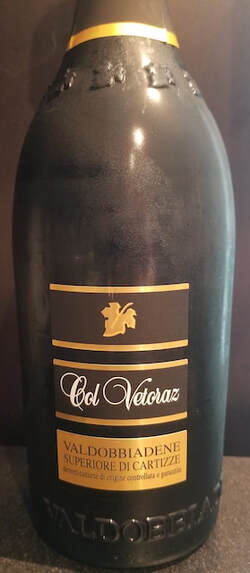 Photo credit: Penny Weiss Photo credit: Penny Weiss Valdobbiadene Superiore di Cartizze DOCG 2019 The grapes for this wine are sourced from the steepest hills of Col Vetoraz and Mont in the well-known Superiore di Cartizze DOCG area. Succulent aromas of white flowers, fresh fruit, citrus and apples open to an elegant palate of pear, sweet apples, peach and a trace of citrus on the finish. A delicate acidity blends beautifully with a velvety mouthfeel and fine perlage. Alcohol: 11.5% SRP: $45 All of these wines can be enjoyed as an aperitif or paired with light fare such as shellfish, grilled fish and appetizers. As of now, only the following wines are available in the United States: Valdobbiadene DOCG Brut Valdobbiadene DOCG Millesimato Valdobbiadene Superiore di Cartizze DOCG It was a treat to taste these wines and be momentarily transported back to a magical trip that I took to Conegliano Valdobbiadene two summers ago. Until next time…
Cheers! Penina To leave a comment or if you have an inquiry, please contact me at [email protected] When someone mentions Italian sparkling wines, our thoughts might turn to Prosecco, Lambrusco and Asti Spumante. Well, I have another sparkling wine that should definitely be on your radar. Follow me to Franciacorta where premium and complex sparkling wines are produced. After attending several Franciacorta wine festivals and a masterclass in New York City over the last year or so, I was more than thrilled to visit Franciacorta last month, albeit it was only for a few hours. However, it was quality time spent learning, tasting and dining with the charismatic Ricci Curbastro at Ricci Curbastro Farm Estate. Franciacorta is a small wine-producing area located in the captivating Brescia province in the heart of the Lombardy region of northern Italy. It is a picturesque wine region surrounded by the foothills of the Alps to the east, the Oglio River to the west, the shores of Lake Iseo to the north and Po Valley to the south. It is an ideal setting for sparkling wine production. Due to the morainic origin of this area (rocks and sediments that were carried down by the retreating glaciers), the well-draining alluvial soil is rich in minerals. Franciacorta wine producer, Ricci Curbastro said, “We have 60 different soil types here that can change every few meters”. The climate in Franciacorta is considered warm continental, which is influenced by the Alps. The area also benefits from its close proximity to Lake Iseo, which helps to moderate temperatures and plays an important role in both summer and winter seasons. A beautiful dance takes place between the cool air that descends from the Alps and is then captured by Lake Iseo allowing just the right amount of warmth to spread over the vineyards for the grapes to ripen and reach proper sugar levels. The dance continues at night when the cool air from the higher elevations of the Alps swoops down to bring fresh air and cool the vineyards from the heat of the day. The diurnal temperatures contribute to optimal grape ripening and preserving acidity in the grapes. Although still wine and sparkling wine have been made in this area for centuries, it is Franco Ziliani, a young winemaker working for Guido Berlucchi who is credited for his approach to making the highest quality metodo classico wine with his first vintage in 1961 bearing the name ‘Franciacorta’ on the label. This set in motion the drive for other winemakers to also make the best sparkling wine with the aim for “high quality, not quantity”. In 1967, DOC (Denomination of Controlled Origin) was formed with 11 producers including Ricci’s father, Gualberto. In 1990, Franciacorta was given official status and the Consortium Franciacorta was founded. As stated by the Consorzio Franciacorta, ”The name on the label – Franciacorta- is a single word that defines the land, the production method and the wine”. In 1995, Franciacorta obtained DOCG status, the highest standard of quality for Italian wine. Today, the Consorzio represents 97% of the producers in Franciacorta. The Franciacorta DOCG sparkling wines are produced exclusively using the traditional “Metodo Classico” method where the second fermentation takes place in the bottle. Only Chardonnay, Pinot Nero (Pinot Noir) and Pinot Blanc are allowed in the blend. The regulations are very strict. The harvest must be done by hand and the requirements for aging on the lees are as follows: Franciacorta Non-Vintage is 18 months Franciacorta Satèn and Rosé Non-Vintage is 24 months Franciacorta Vintage is 30 months Franciacorta Riserva is 60 months Ricci Curbastro Farm Estate Dr. Riccardo Ricci Curbastro represents the 17th generation in a family of agricultural traditions since the 13th century. He is an agronomist and winemaker who also has a passion for ornithology and wildlife photography. Ricci was President of the Consorzio Vini Franciacorta in 1992, and again in 1995 when it achieved DOCG status. The estate is located in Capriolo (Brescia) with over 32 hectares of which 27.5 hectares are under vine and planted according to the strict guidelines of the Consorzio. The estate has been certified organic since 2018 and has been practicing Low Impact Farming since 1992. Also, the winery is Carbon Footprint certified since 2012. Ricci said, “The quality of the land is important to pass on. It is part of the family heritage”. The underground wine cellar is where vinification and aging of Franciacorta DOCG take place. With regard to aging the wines, Ricci said, “I consider time as an ingredient. I never sell wine before aging of three years minimum.” In his wish to reduce sulfites, he began experimenting with yeast extracts in 2000. And today he produces his own yeast extracts. Ricci said, “I discovered it creates a longer shelf life for the wines.” Our wine tasting consisted of seven wines including Franciacorta Brut Satèn Brut, Rosé Brut, Demi Sec and Dosagio Zero Gualberto (a wine dedicated to his father.) The classic characteristics of Franciacorta DOCG are imbued with freshness, good acidity, fine and persistent bubbles, notes of brioche and yeast, soft notes of lemony citrus, minerality and a long finish.
Franciacorta Satèn is a “white grapes only” version with lower pressure in the bottle and longer aging. The wines tend to be silkier, with floral and soft notes of pear, honey, lemon and melon. Franciacorta Rosé Brut is a fresh and lively wine with floral and light berries. All the wines that I tasted were complex, elegant and terroir-driven with each bearing their own unique expression. They have longevity and finesse. And not to be forgotten, these are excellent wines to pair with a variety of cuisine. In fact, I can’t think of any food that Franciacorta wines don’t pair with! So, if you can find one of these gems in a wine shop or on a wine menu, go for it! These sparkling wines are worth it! Until next time… Cheers! Penina To leave a comment or if you have an inquiry, please contact me at [email protected] |
Categories
All
|

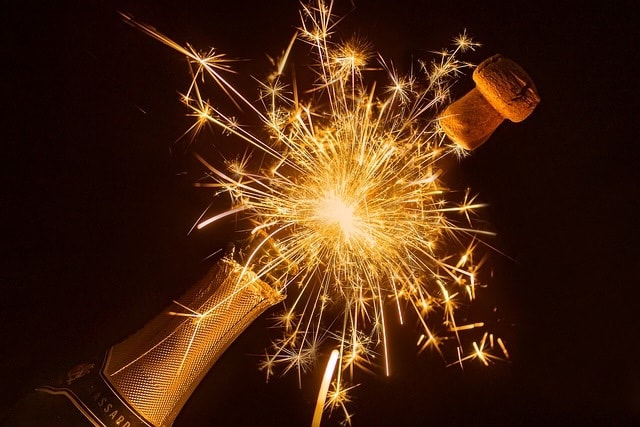
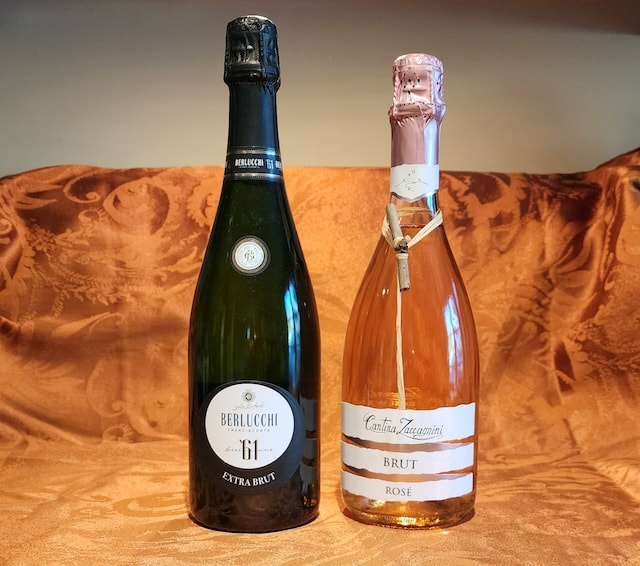
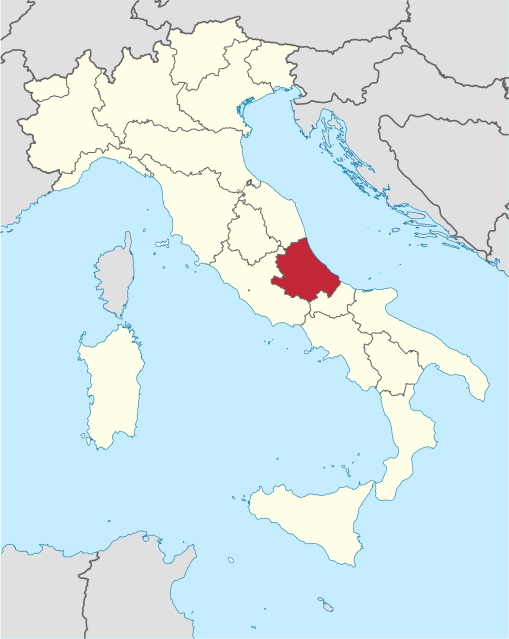
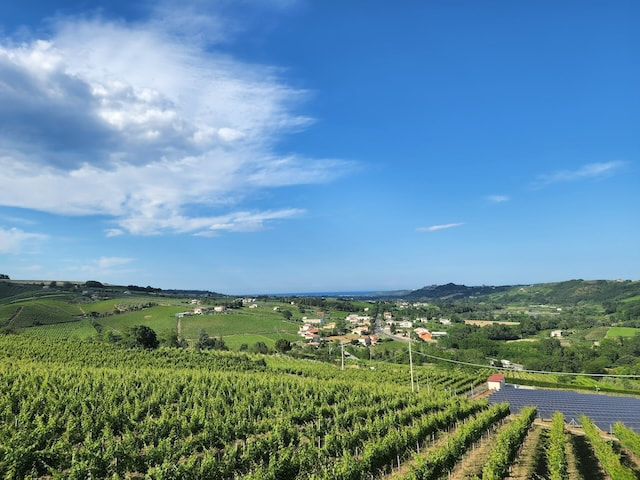
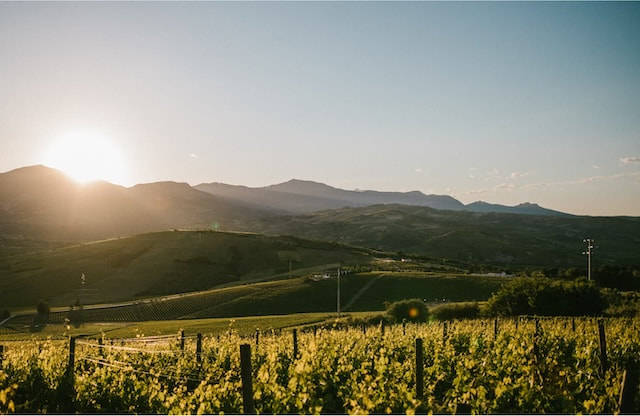
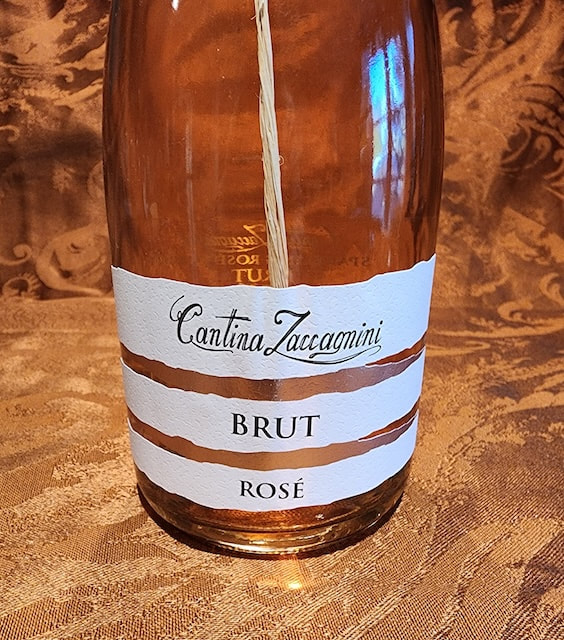
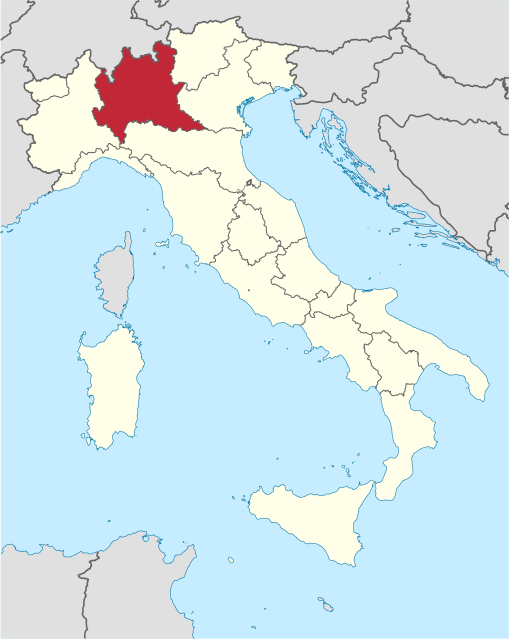
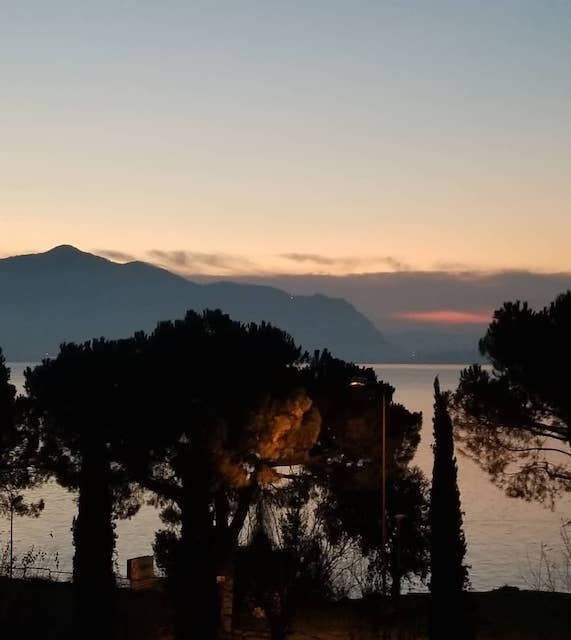
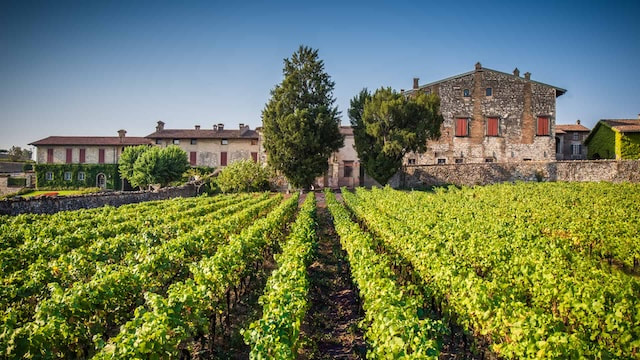
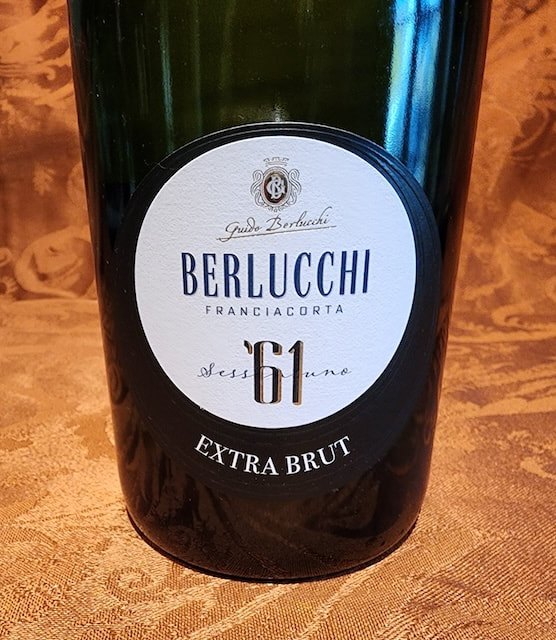
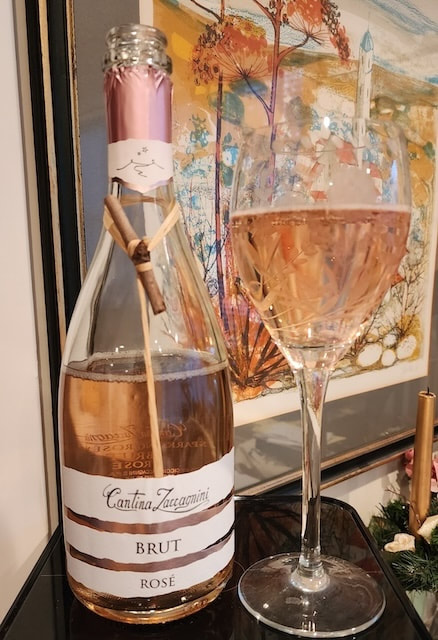






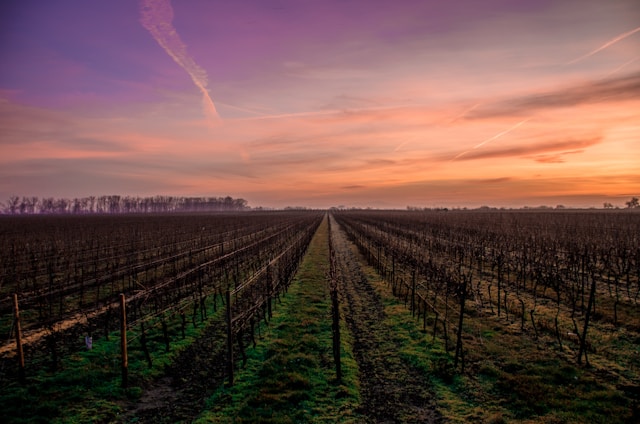
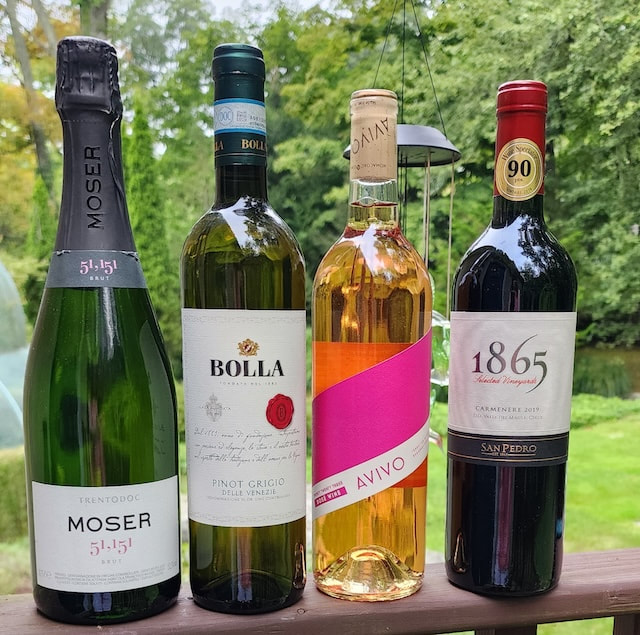
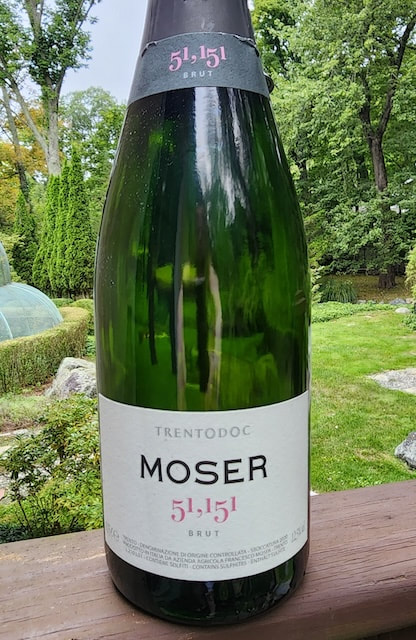
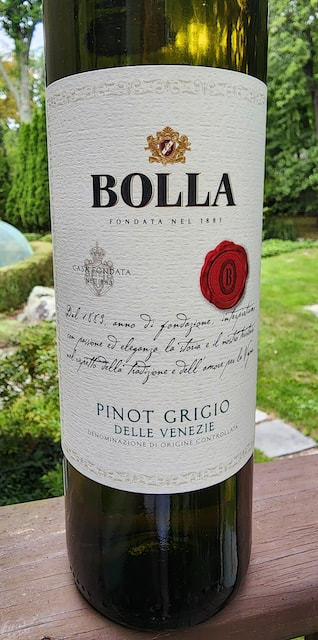

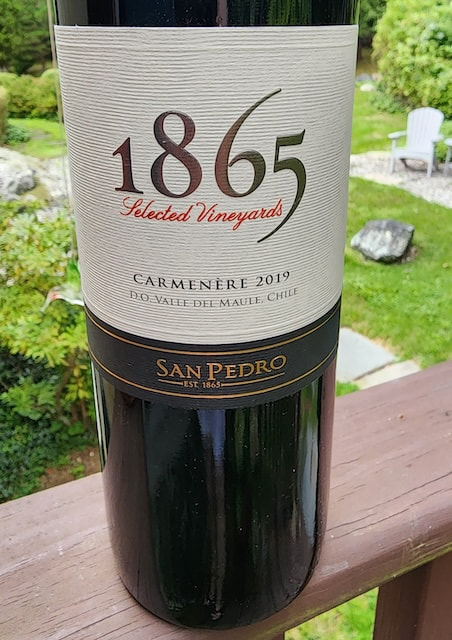
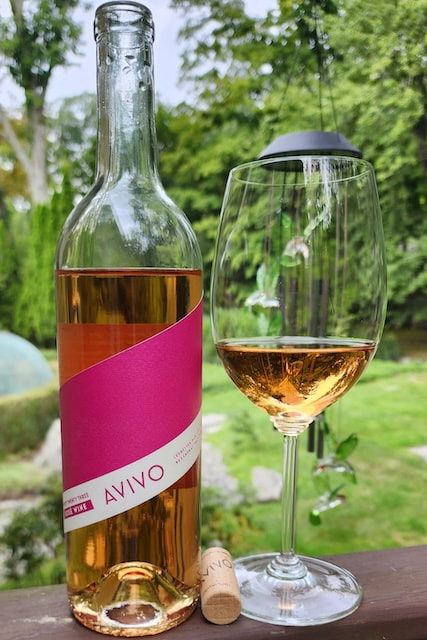
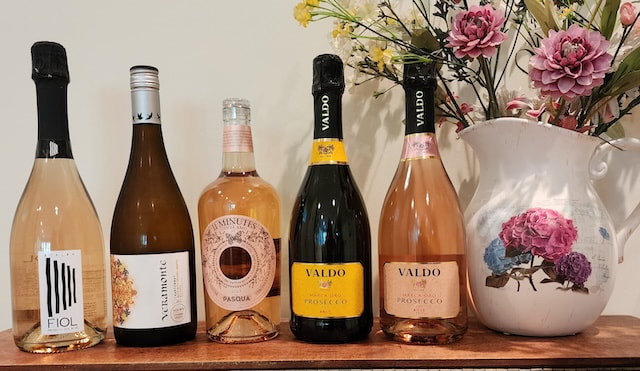
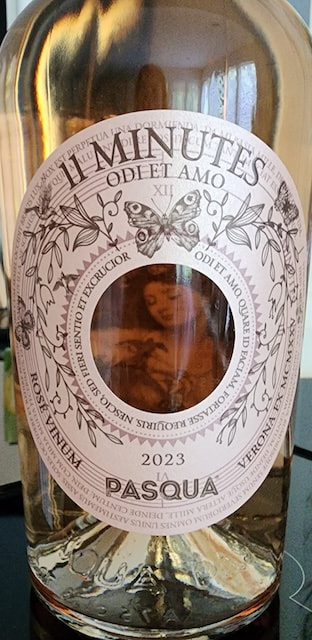


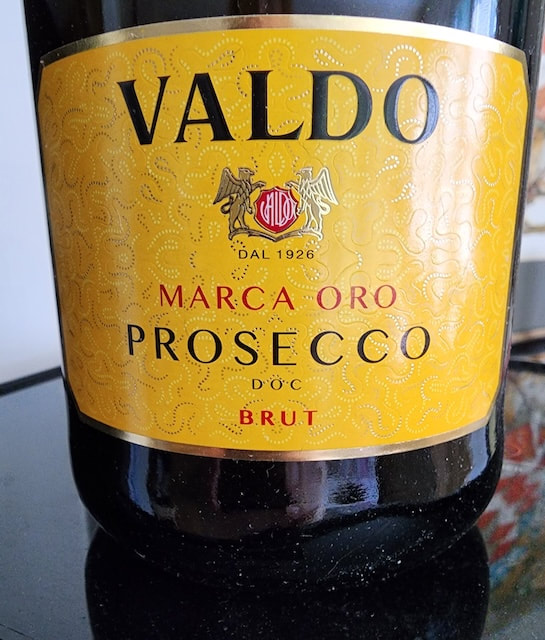
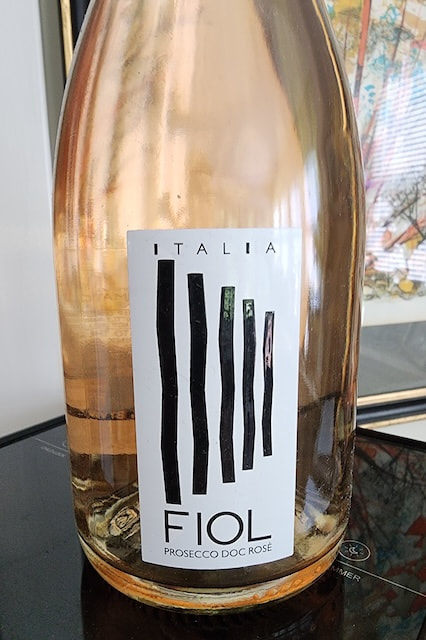

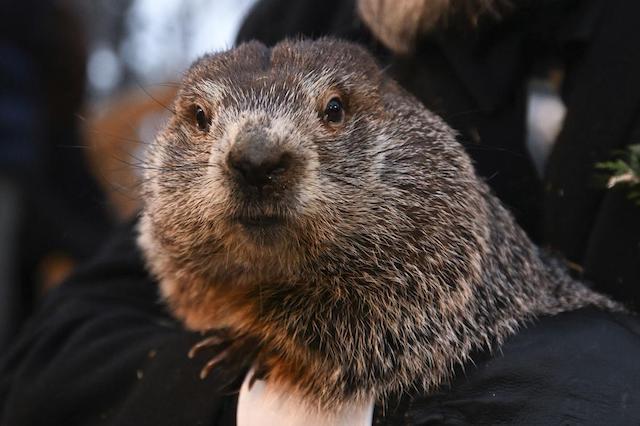
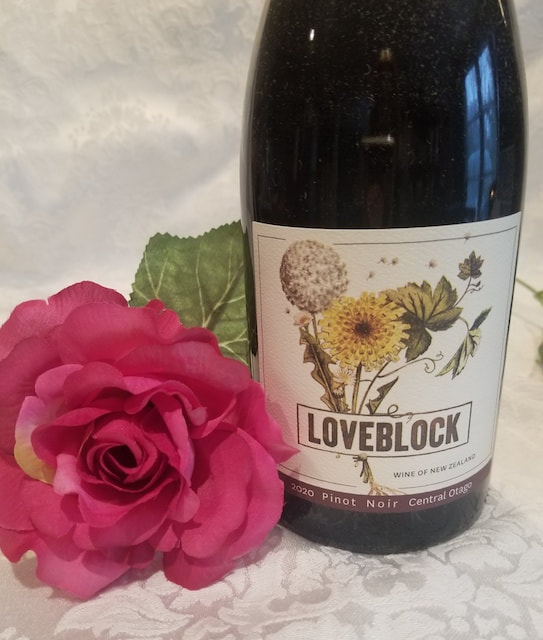
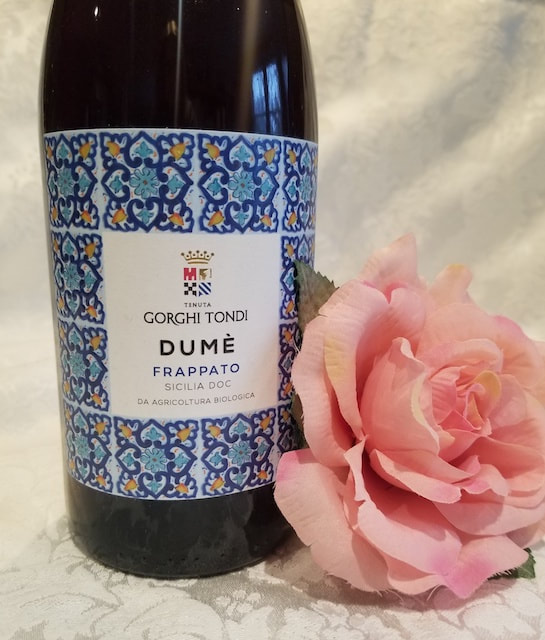
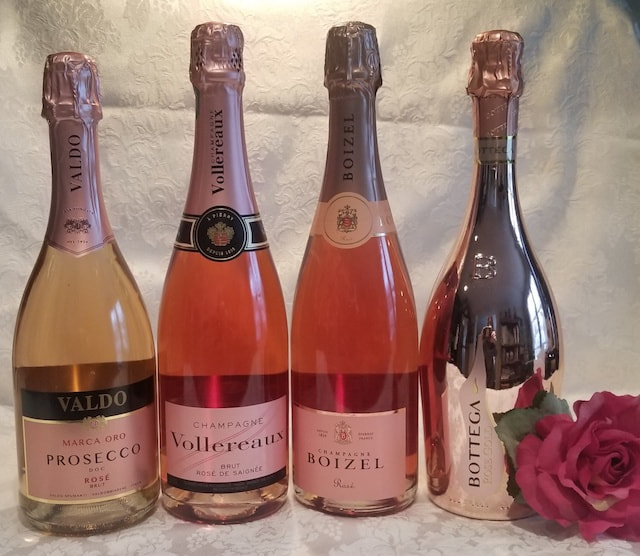
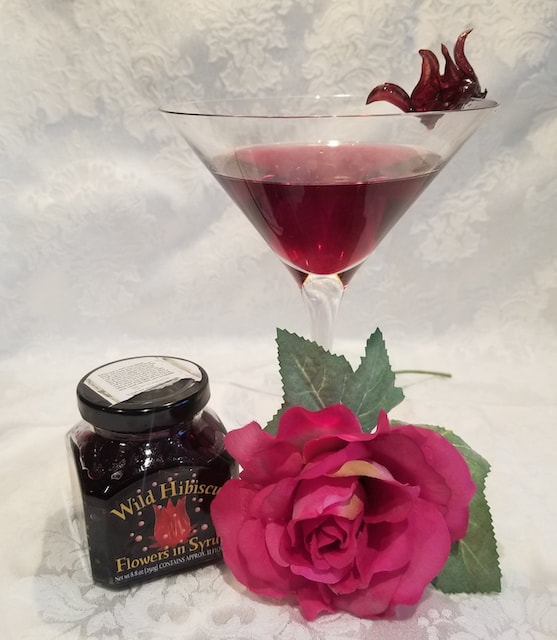
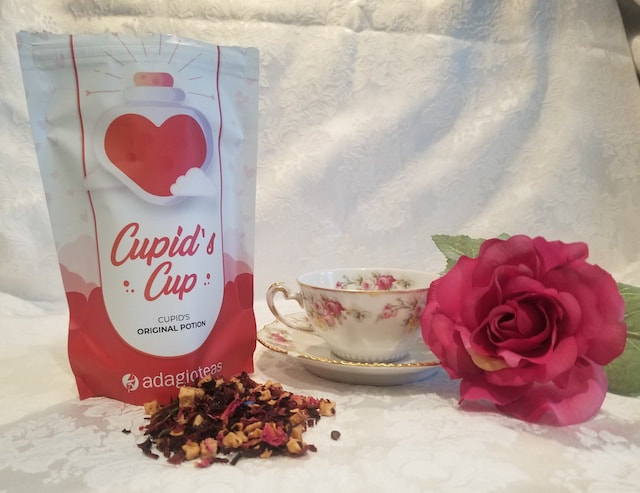
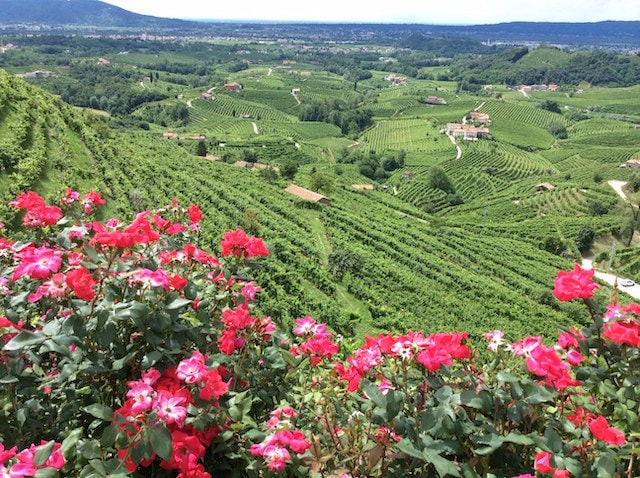
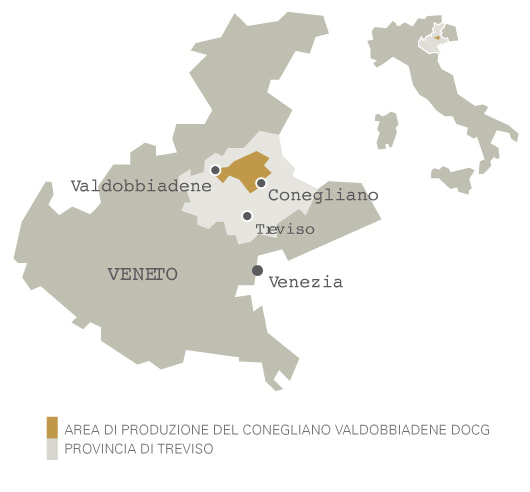
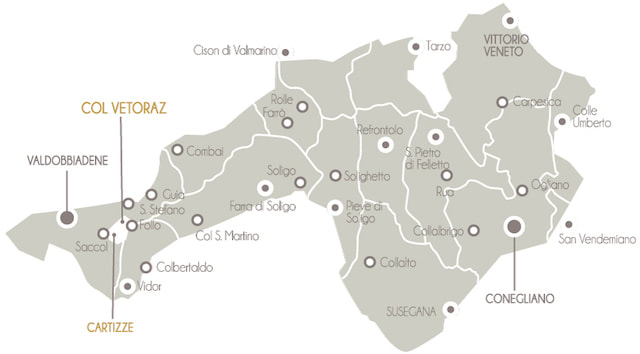
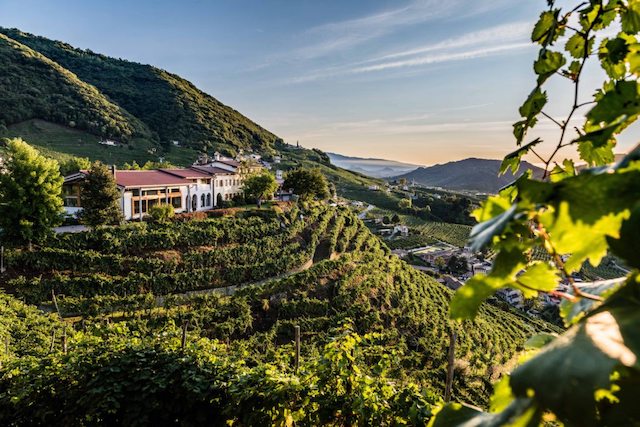
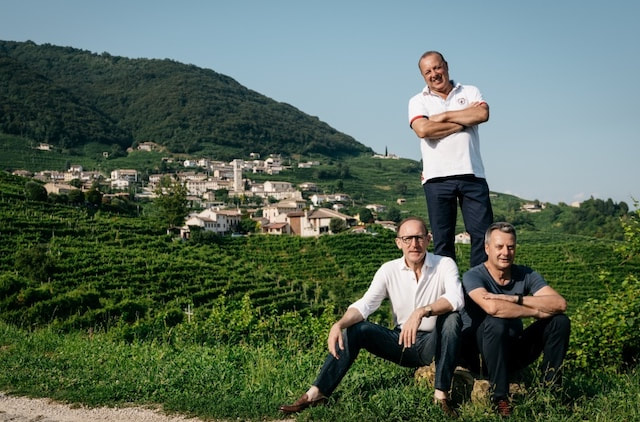
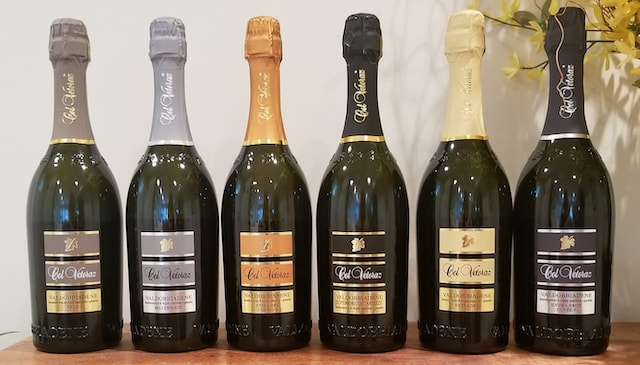
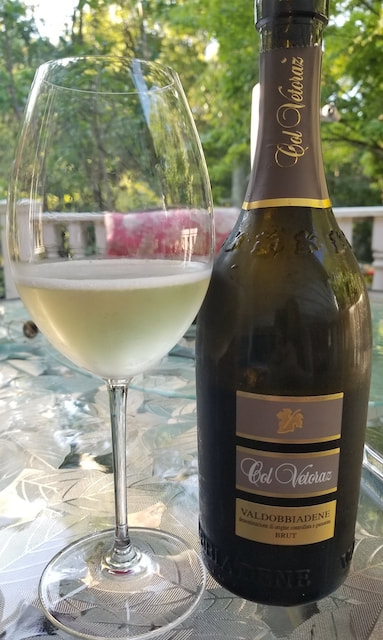
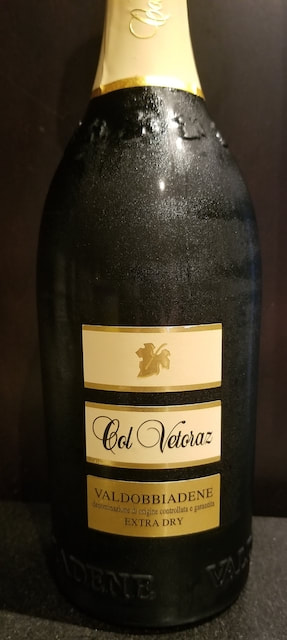
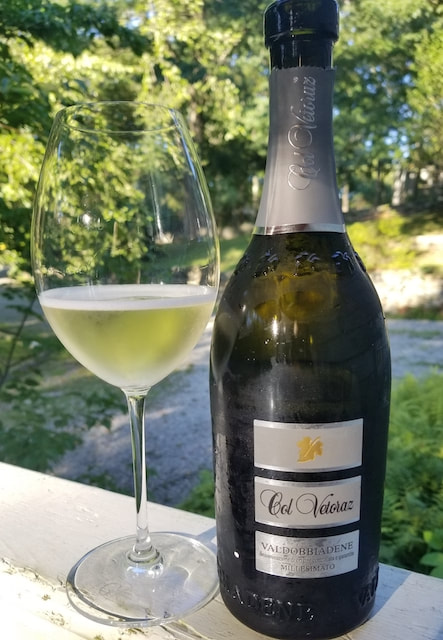
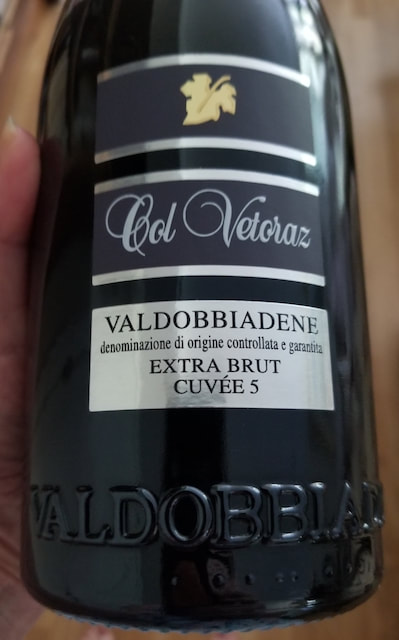
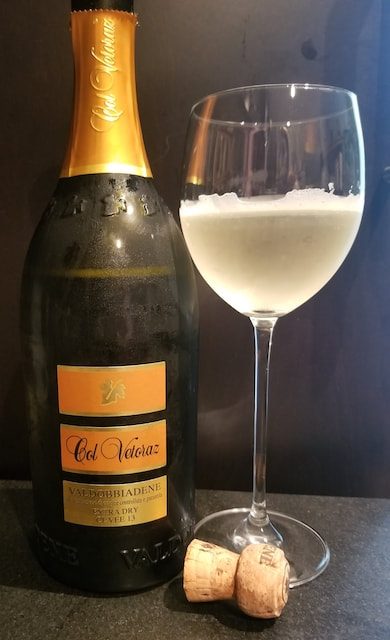
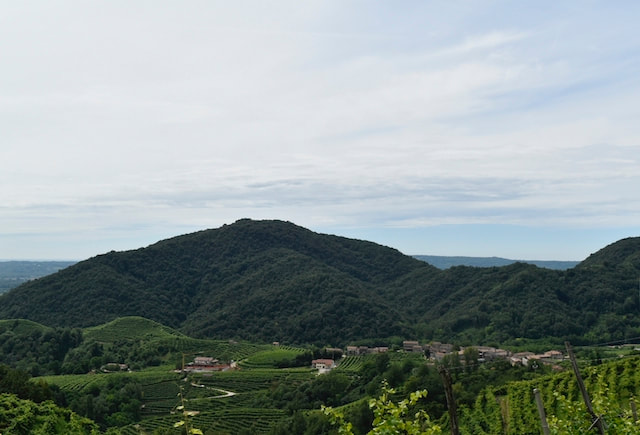
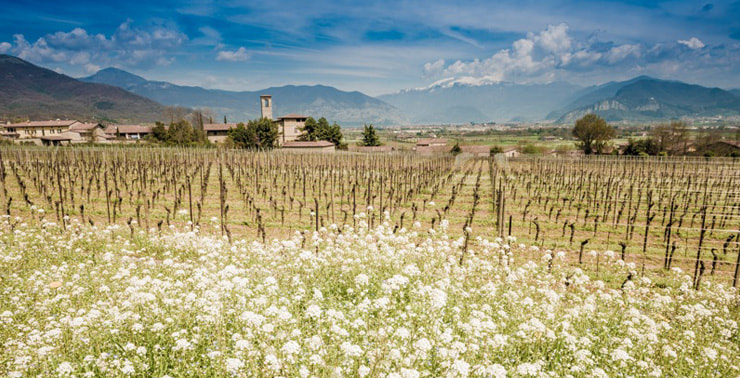
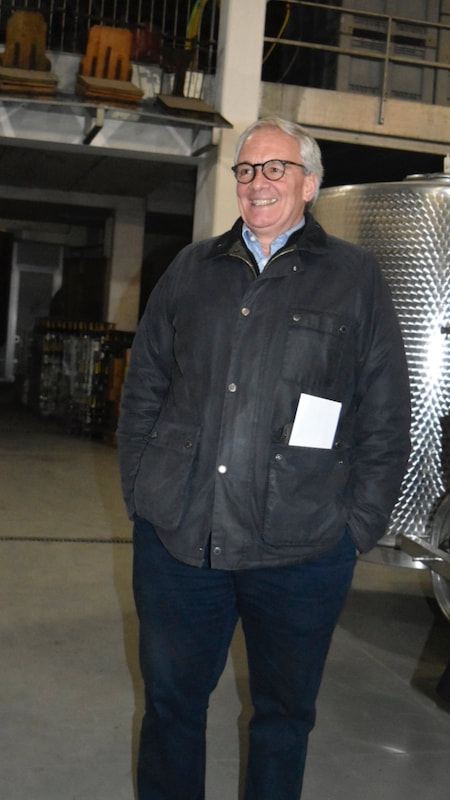
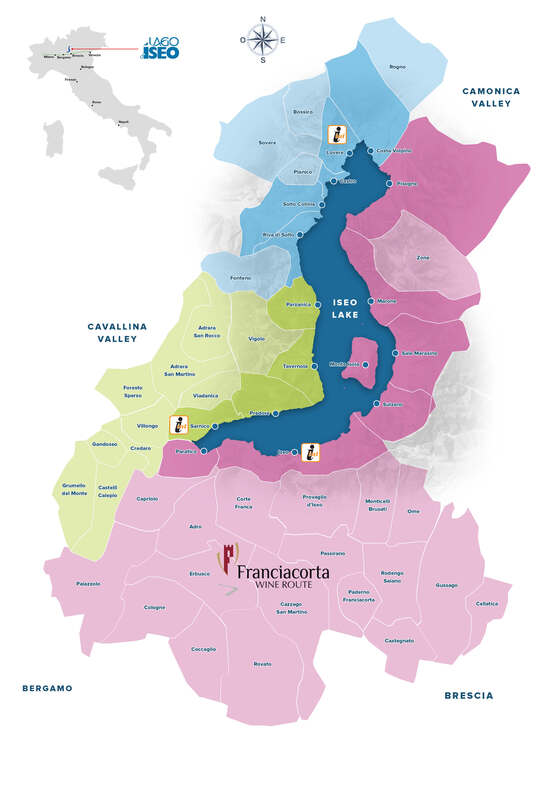

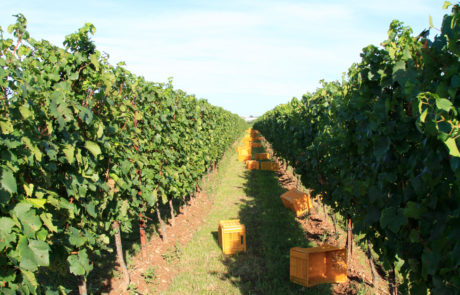
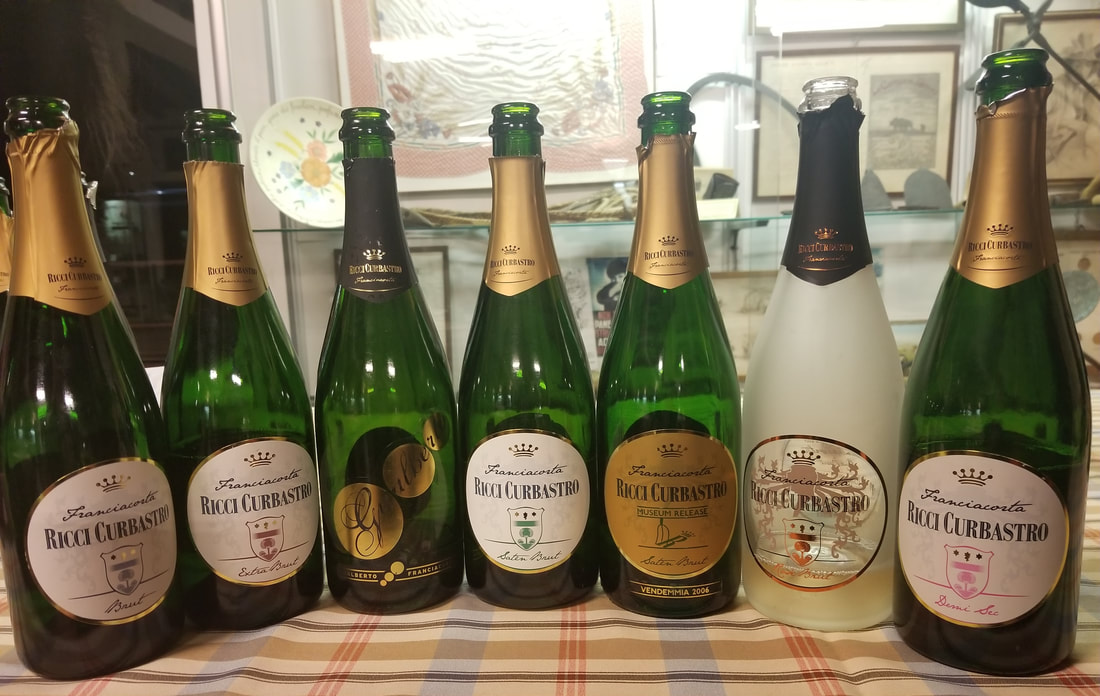
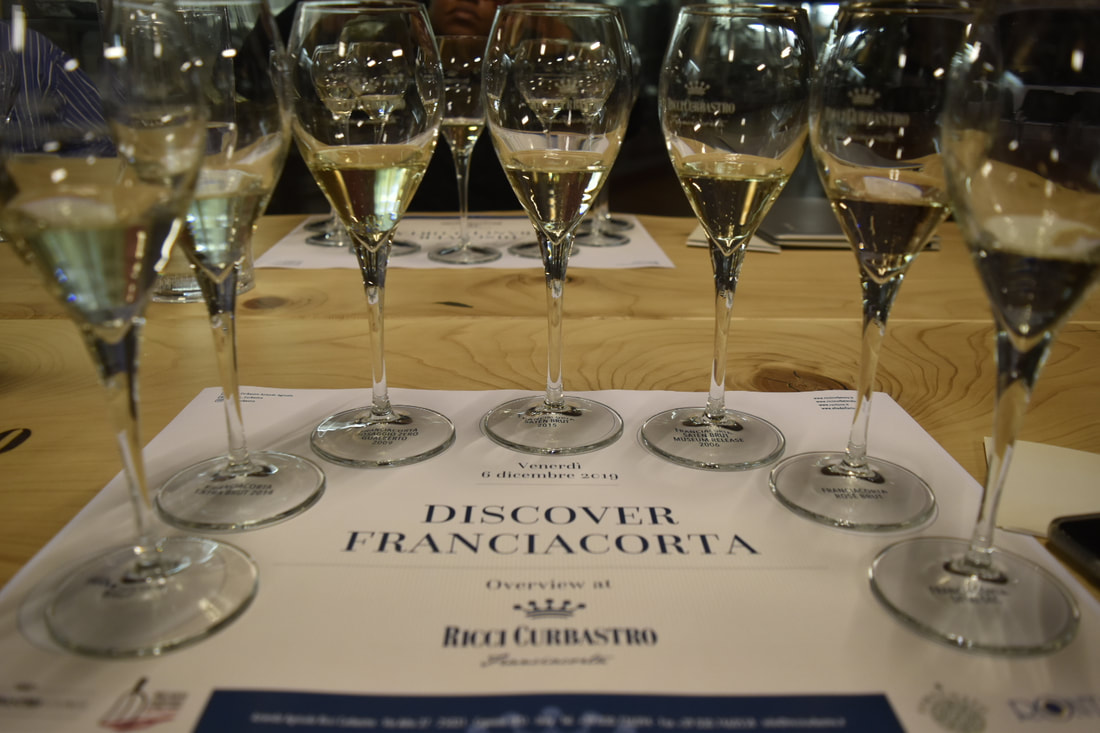
 RSS Feed
RSS Feed